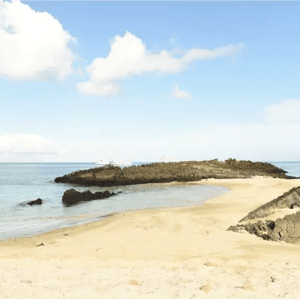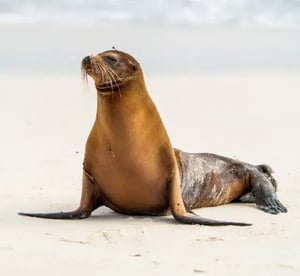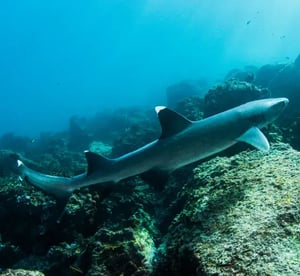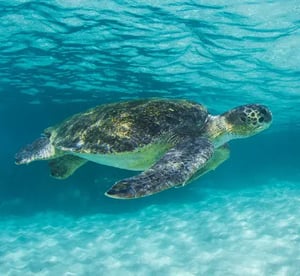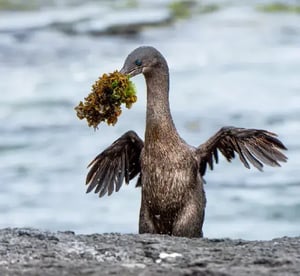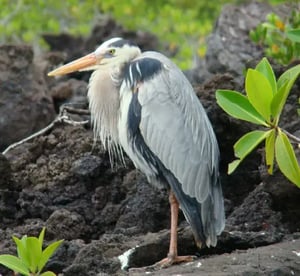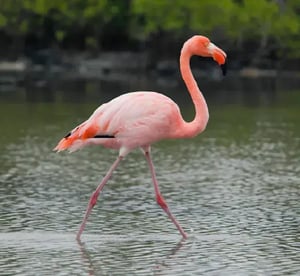
AMERICAN OYSTERCATCHER
The American Oystercatcher bird is found all along the Pacific coast and in some areas of the Atlantic Ocean. In the Galapagos, they are found in the intertidal zone of most islands. Their population isn’t big; around 400 birds live in the archipelago.
Males and females are similar and they are usually seen in pairs and sometimes in groups. They breed mainly in the months of October to March and can be seen patrolling the beach in search of food and when they curiously approach tourists. Their red bright bills and pale pink legs can be seen among marsh, where they prefer to remain most of the time in search for food.
They feed on mollusks, worms, and marine invertebrates which they search with their beak in muddy terrains, and with the strength of the beak force to open it. Because their food is on the ground, they rather walk than fly.
The courtship begins when the male and the female walk together pipping the same note or they fly off together; their bond lastest forever. The male prepares the nest by scratching the ground and marking territory. Once, the nest is ready, the female can lay 1 to 4 eggs that will be incubated by both parents for about 28 days. After a month, chicks are born, they are encouraged to practice fishing to reduce predator attacks. Chicks become fully independent after two months of age.
OTHER SHOREBIRDS
01 American Oystercatcher
No
Endemic
Shorebirds
Animal group
Haematopus palliatus
Scientific name
43 cm
Animal average size
14.1 – 24.7 oz / 400 – 700 gr
Animal average weigth

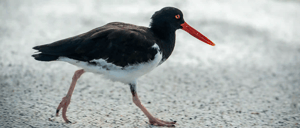
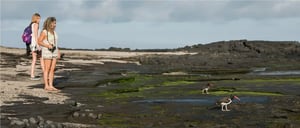
.webp?width=300&name=galeria%202%20(2).webp)
Where to spot this animal?
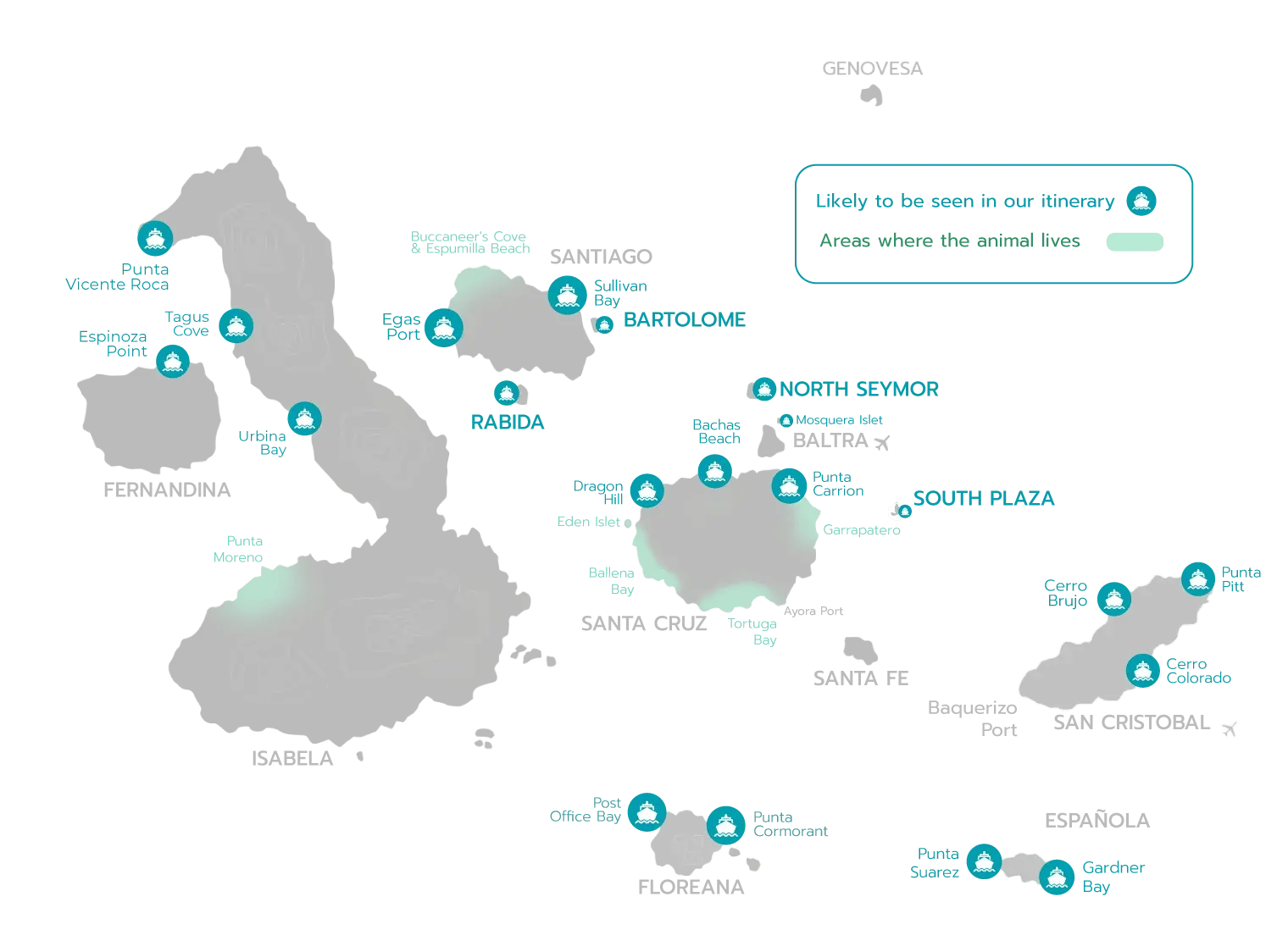
Expeditions where you can find this animal

NORTH EXPEDITION (A)
Visitor sites:
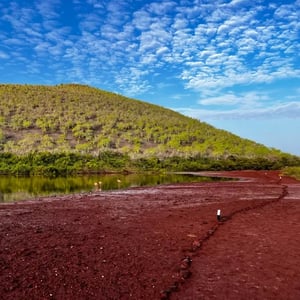
WEST EXPEDITION (B)
Visitor sites:
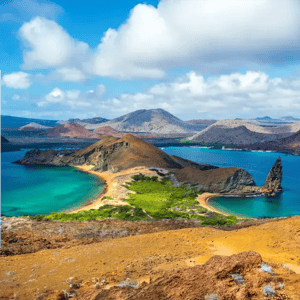
EAST EXPEDITION (C)
Visitor sites:
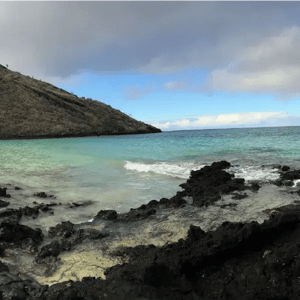
SOUTH EXPEDITION (D)
Visitor sites:

NORTH EXPEDITION (A)
Visitor sites:
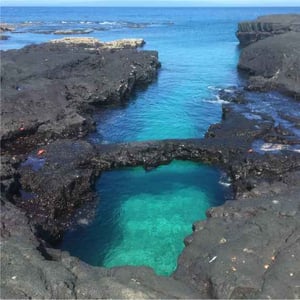
WEST EXPEDITION (B)
Visitor sites:
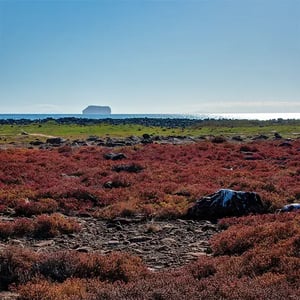
EAST EXPEDITION (C)
Visitor sites:
